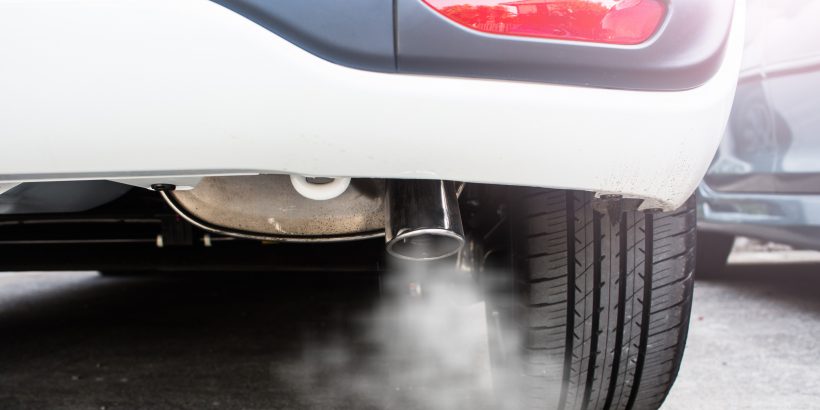Residents and businesses in and around Great Barton are being asked for their views on an action plan to maintain cuts to air pollution in a village hotspot.
Nitrogen Dioxide levels were found to be exceeding national thresholds along a stretch of the A143 close to the village primary school at Great Barton back in 2017.
That led to the former St Edmundsbury Borough Council creating of an Air Quality Action Plan to bring levels back under the 40 micrograms per metre cubed (μg m-3) limit.
Part of the problem was identified in a built-up area close to a pedestrian crossing which meant pollution was being trapped rather than dispersing naturally into the air.
West Suffolk Council, which has a responsibility for monitoring pollution levels, worked with Suffolk County Council to relocate the pedestrian crossing, bringing Nitrogen Dioxide levels back down to 34.5μg m-3.
Now West Suffolk Council is revising its Air Quality Action Plan for the area, to ensure any increases in traffic over the next few years, doesn’t lead to pollution levels exceeding the thresholds once more.
In order to meet a deadline for its renewal, the council has launched a public consultation which will run until 22 January 2024.
Cllr Gerald Kelly, Cabinet Member for Governance and Regulatory at West Suffolk Council said: “The council has a legal responsibility for monitoring air pollution levels across the district. Where levels of pollutants such as Nitrogen Dioxide are found to have exceeded levels set by the Government, we will work with partners to try to address the issue.
“We have seen success in bringing pollution levels down in this area of Great Barton, but we are also conscious that traffic and the numbers of heavy goods vehicles using the road may increase over the coming years and could push Nitrogen Dioxide above the thresholds once more.
“That is why we are looking to refresh our Air Quality Action Plan for the area and are now asking residents and businesses for their views on a range of measures that we can further explore to address this issue.”
Proposals include:
- Undertake traffic management feasibility assessment – this will review and explore localised options for traffic management improvement initiatives, such as traffic modelling, the possibility of re-routing HGVs, speed limit reduction.
- Implement traffic management improvements – the assessed traffic improvement initiatives will be consulted on locally and implemented, assuming successfully passing public consultation, and funding is secured.
- Engage with HGV drivers about local air quality – this will involve direct engagement with companies that utilise HGV drivers around methods of lowering emissions.
- Reduce emissions from new commercial developments – this would be through ensuring that low emission strategies are submitted with all commercial development planning applications that could impact on the AQMA.
People can find out more and take part in the consultation at https://www.westsuffolk.gov.uk/Council/Consultations/gt-barton-air-quality-mgnt-area-consultation-2023.cfm

